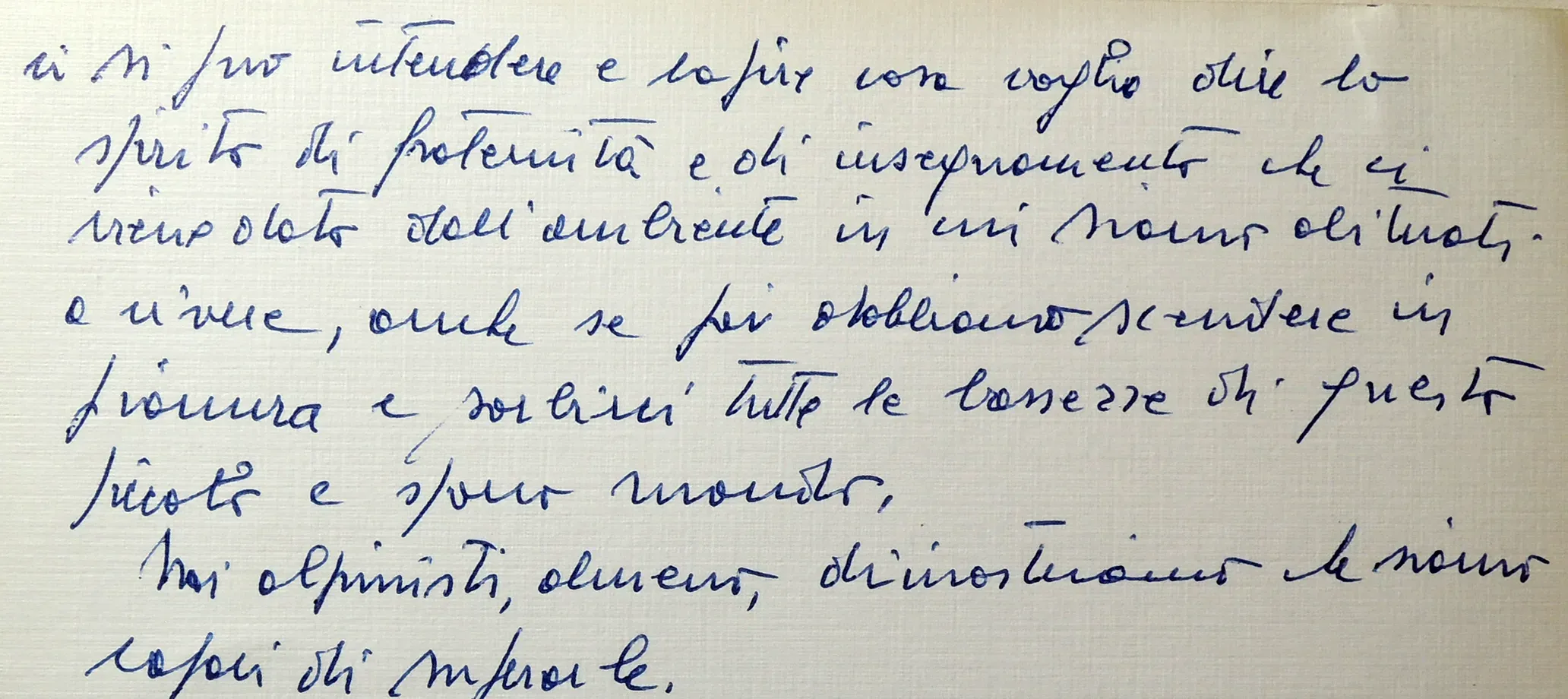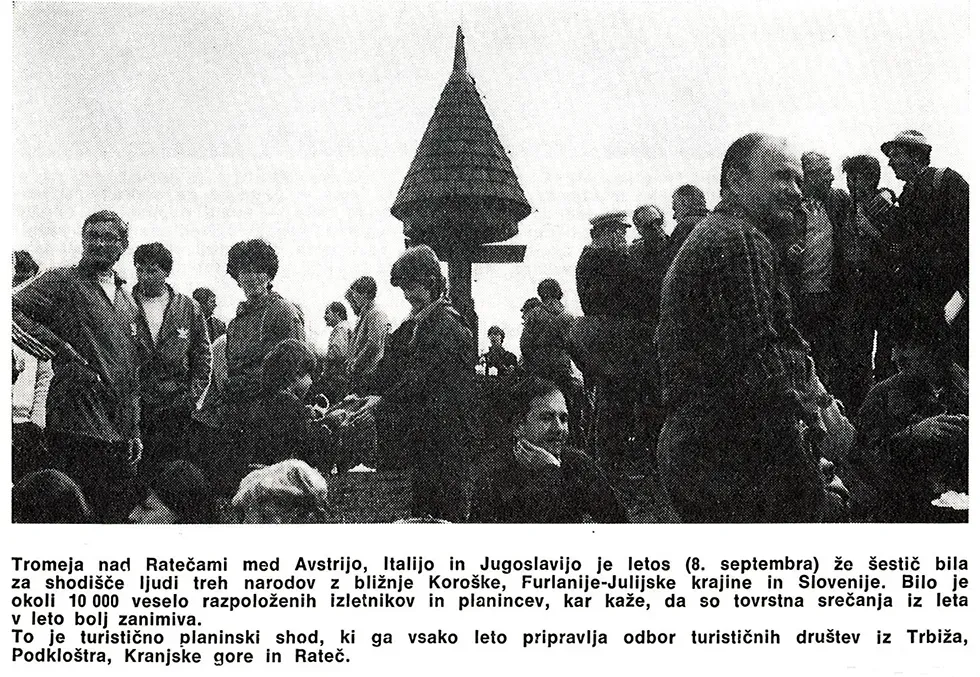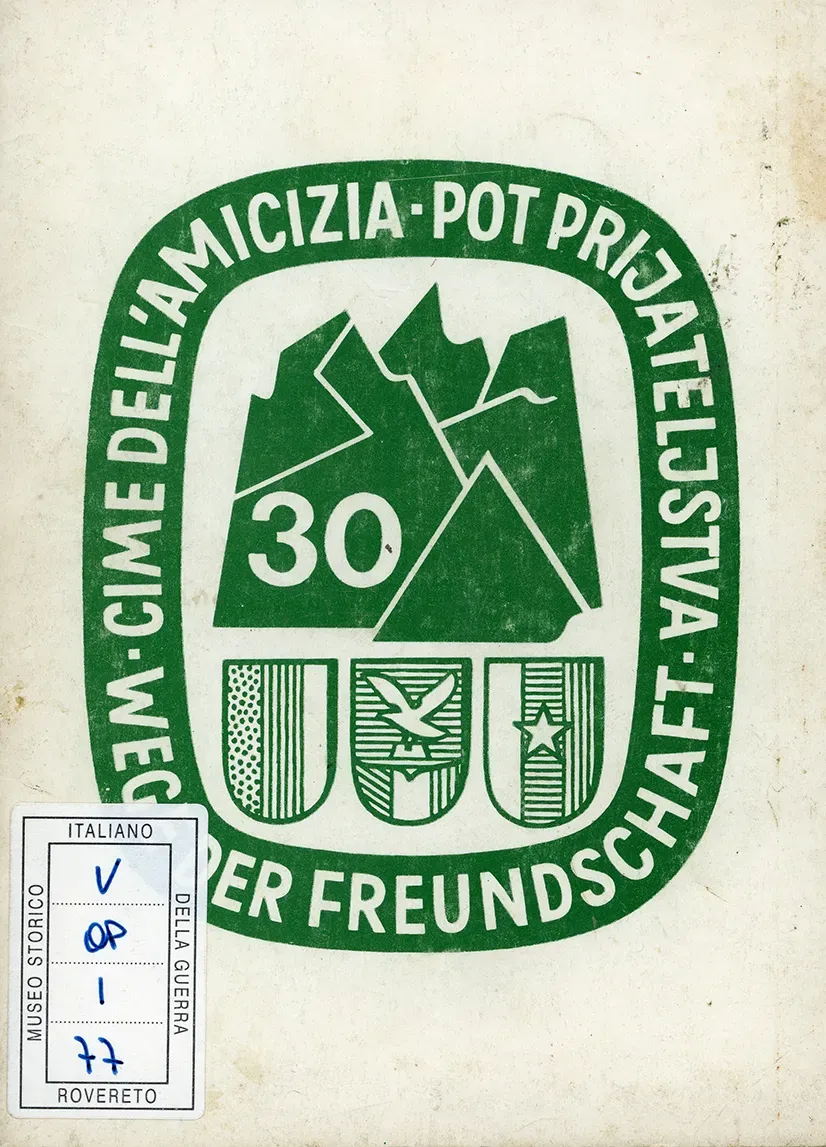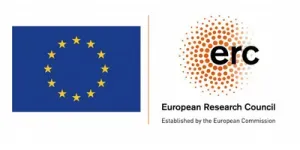People
People

Personal relationships between mountaineers were crucial in promoting cooperation. This letter was sent by an executive of the Italian Alpine Club of Gorizia to an executive of the Alpine Association of Slovenia in 1967. It emphasised the values of transnational and cross-border friendship among mountaineers.




